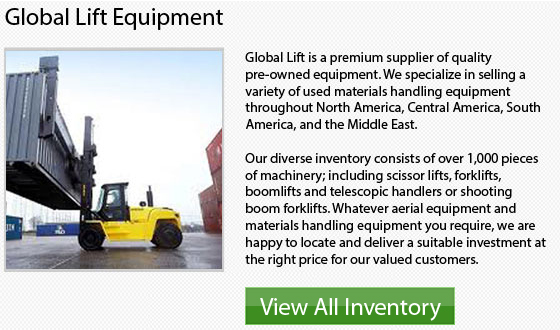
Electric Forklifts
The electric forklift requires a main service area known as the charging area, where businesses can take care of the battery. In order to maintain the correct charge, the forklift would need to be connected to the charger at the end of the shift or work day. Batteries could be cycled so that the forklift could always be in use.
It is vital to make sure that you connect the correct battery to the right equipment. Since all forklifts do not use the same voltage battery, the battery could be very damaged if it is accidentally connected to the wrong charger. It is also essential to check the battery's water level on a weekly basis. Be sure to have the charging area designated as a non-smoking area and have it being a well-ventilated space.
Forklift Basics
A forklift is a small truck with attachments that help it transport and raise a cargo. In the 1920s, the very first modern forklift was made. Ever since that time, it has become a huge and essential machine in all the warehouses and factories all over the world. Appropriate training is needed to be able to use a forklift. As these machinery use rear-wheel drive, it is vital to learn this skill prior to using one. Furthermore, because a forklift lifts heavy loads at its front, the center of gravity of the machine is continually changing and this could leave the equipment very unstable.
Components
Forklifts share several particular parts even though the majority of forklift makes and models are somewhat different. The forklift driver sits inside a protected vehicle cab with metal overhead roof. On the front of the forklift the mast is situated. This contraption lowers and lifts the load utilizing hydraulic cylinders. Forklifts are powered either by batteries or IC or internal combustion. If an internal combustion engine is utilized, added counterweights must be utilized at the rear of the forklift. If a battery is used, it sits in the forklift's rear as a counterbalance.
Capabilities and Uses
Forklifts are used for various purposes in a variety of environments. Warehouses contain a lot of forklifts. They rely on them for transporting different contents of the warehouse from place to place. Usually, these forklifts have load capacities ranging between 1 and 5 tons. Other forklifts are used to lift immense shipping containers or large loads. These forklifts have load capacities up to 50 tons.